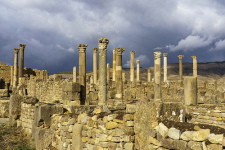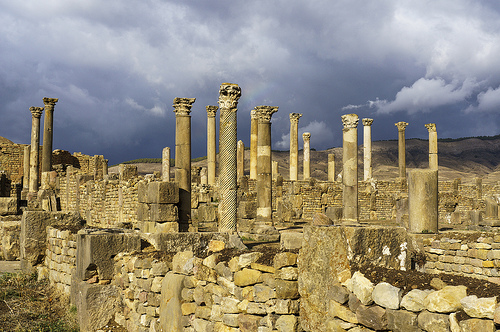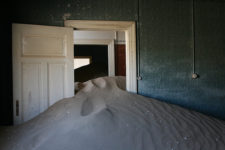
Kolmanskop is a shadow of its former self.
- Kolmanskop is an abandoned diamond mining town, located in the Sperrgebiet National Park, found in the south of the Namib Desert, in Namibia, in southern Africa.
- The first diamond discovered in the area of Kolmanskop was uncovered in 1908 by railway worker Zacharias Lewala, and this news quickly reached the ears of German miners who then settled at the site.
- The former residents of Kolmanskop became very wealthy, which resulted in the town being quite luxurious, and it included a school, hospital, pub, casino, ice factory, bowling alley, music hall and one of the first x-ray machines in the southern half of the world.
- Kolmanskop became an oasis during its peak, with many buildings featuring rich gardens, sustained by water that travelled a distance of 120 kilometres (74.6 miles) by a railway network.
- In the 1920s, at least 1140 individuals, as well as an ostrich, resided in Kolmanskop, and the town is believed to have had a maximum population of 1300 people in its history.
Inside a Part of Kolmanskop
Image courtesy of Michiel Van Balen/Flickr
- Kolmanskop, also known as ‘Kolmannskuppe’ in German, or ‘Coleman’s kop’ or ‘Coleman’s hill’ in English, was named after Johnny Coleman, a transport driver who provided services before the railway was built, after he abandoned his ox cart in the area, during a sandstorm.
- Kolmanskop is slowly being engulfed by desert sand, yet many buildings still stand.
- The population of Kolmanskop reduced after World War I, as miners began to journey south to richer and unexplored diamond fields.
- The final residents left Kolmanskop in 1956, a date that marks the total abandonment of the town.
- Kolmanskop is a popular destination for tourists and photographers alike, however a permit is required to visit the area, significant rates are charged for photographers, and guided tours are available for a fee.
Bibliography:
About Kolmanskop, n.d, NamibEYE, http://kolmanskuppe.com/about-kolmanskop
Evans B, Swallowed by the desert: Eerie pictures from the ghost town that was abandoned to the sand 50 years ago, 2013, Daily Mail Australia, http://www.dailymail.co.uk/news/article-2302018/Kolmanskop-Stunning-pictures-Namibias-ghost-town-abandoned-sand-wind-50-years-ago.html
Kolmanskop, 2016, Wikipedia, https://en.wikipedia.org/wiki/Kolmanskop
Kolmanskop, n.d, Kolmanskop, http://www.kolmanskop.net/





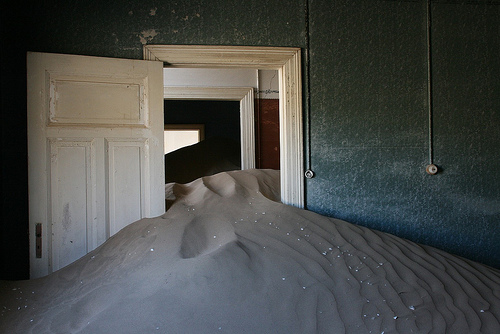
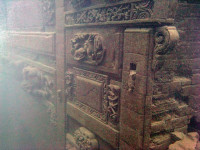
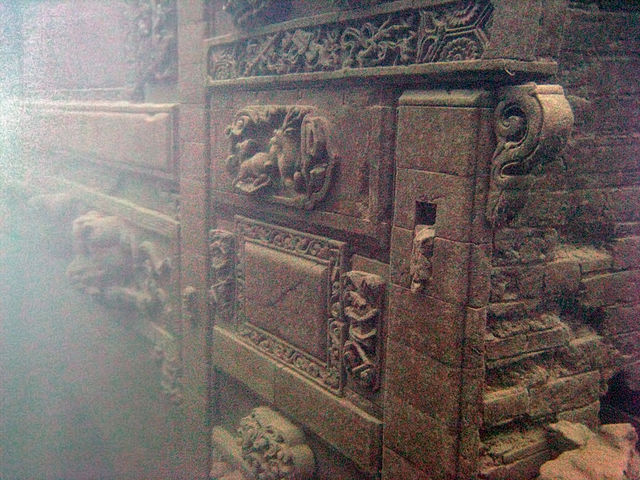



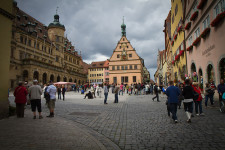

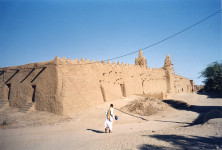
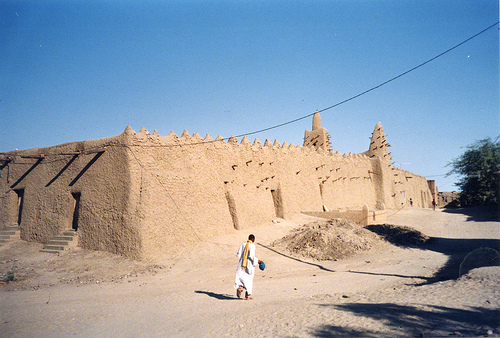


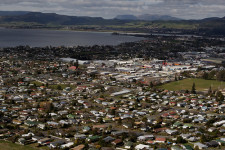
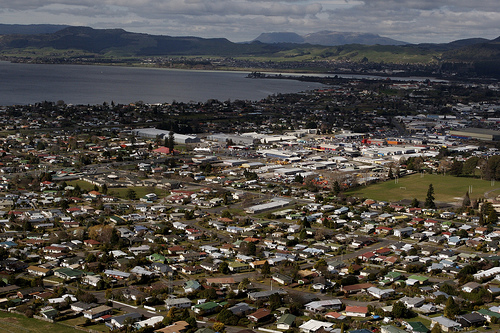 Part of Rotorua
Part of Rotorua